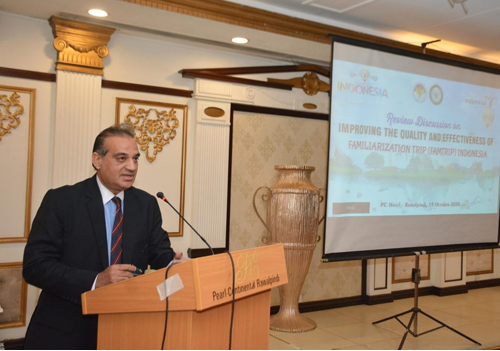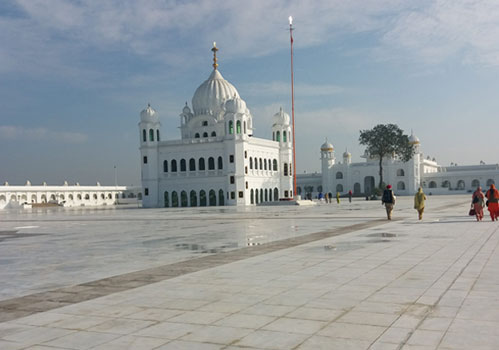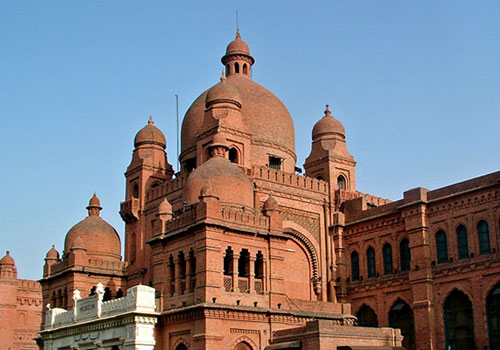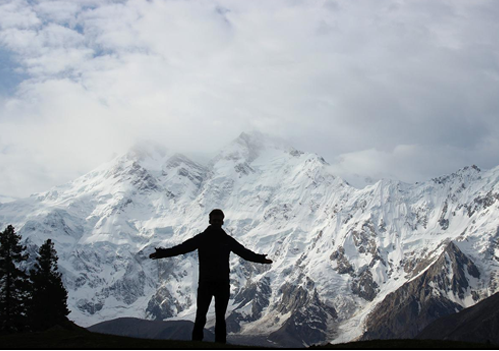
Table of Contents
Tourism is one of the fastest-growing industries in the world, accounting for 10% of the global GDP. It is an important means of generating income, creating employment, reducing poverty, earning foreign exchange, and promoting cross-cultural understanding and cooperation.
According to data from the World Tourism Organization, global tourism revenue reached US $474 billion in 2002 and may exceed US $1.5 trillion by 2010. Europe accounts for 50% of global tourism revenue, followed by the United States, which accounts for 26%.
However, South Asia’s share of global tourism revenue is only 1%. The number of international tourists reached 715 million in 2002, compared with 693 million in 2001. This means that despite the events of September 11 and the stagnation of the world’s major economies, international tourism has recorded growth.

Insight of Tourism in Pakistan
Tourism includes various service activities, including transportation, communications, hospitality, restaurants, entertainment, and advertising. The effectiveness of efforts to promote tourism depends on the quality of these services.
Pakistan has a long and rich history, cultural diversity, geo-strategic location, and charming scenery, so it has great tourism potential. The country’s tourism products can be divided into four categories: religious tourism, archaeological and historical tourism, adventure tourism, and traditional tourism.
These are briefly described below:
Pakistan is the melting pot of two great religions (Hinduism and Buddhism) and another habitat (Sikhism) worldwide. Hassan Abdal and Nankana Sahib Gurdwara are huge attractions for Sikhs from all over the world. Then came the mysterious and sacred temple, which attracted many pilgrims from different regions. These temples include the Tang Temple in Punjab, Shah Hussein, Maya Mir, Bahauddin Zakaria, Baba Farid, and Lal Shabaz Kalandar, and in Sind, Shah Abdul Latif Batai.

Insight of Tourism in Pakistan
Pakistan is the birthplace of two ancient civilizations: the Indus Valley Civilization and the Gandhara Civilization. In particular, the excavation of the Gandhara civilization is one of the oldest remains of Asian Buddhist culture. It has special spiritual significance for Buddhists living in wealthy areas in East and Southeast Asia. Then there are monuments built by dynasties and rulers, especially the Mongols. These include the Royal Castle, Badshahi Mosque, Shalimar Park, the tombs of Emperor Jahangir, Queen Nur Jehan, Rohtas Fort, and Shah Jahan Mosque.

Insight of Tourism in Pakistan
Famous Places to Visit in Balochistan
Top Places to Visit in Islamabad
Pakistan has the highest mountain in the world among the four main mountain ranges of the Hindu Kush, Pamir, Karakorum, and the Himalayas. The country is known for having five peaks of 8,000 meters, including the second highest peak, K-2. The country also has the world’s largest glacier outside the Arctic. Also, the killer mountains of Nanga Parbat. These mountains and glaciers provide great attractions for adventurers.

Insight of Tourism in Pakistan
Traditional tourism: This form of tourism includes festivals, sports, customs, traditions, and handicrafts. In festivals, Passant is perhaps the most popular form of international tourism. Held in February / March to announce the spring event, Sheng attracted a large number of foreign tourists.
But Pakistan has not yet modernized its huge tourism potential. The number of arrivals from inbound tourists to the country and the number of arrivals compared to the world and South Asia (in the first and second tables) can be seen:
Therefore, Pakistan’s share of inbound tourists and global tourism revenue is less than 1%, while its share of tourists from South Asia is only 9%.
It can be said that the biggest obstacle to the development of tourism is the state of law and order. Over the past decade, Pakistan has experienced religious and racial violence, as many foreigners have been targeted. Poor public order has affected many sectors of the economy, including tourism. There are also many cases where tourists suffer physical abuse, theft, and sexual harassment.

Insight into Tourism in Pakistan
Any such incidents are not well reflected in the country, giving it a negative impression.
This does not mean that we must completely abandon our cultural values.

Insight into Tourism in Pakistan
However, we must strike a balance between values and the needs of international consumers. In particular, piracy by foreign tourists must be fully respected.
Pakistan has no good international image. On the contrary, in many places, the country’s image is intolerance, extremism, insecurity, mythology, and disease. Image building is a matter of perception and reality. The truth in Pakistan is not as bad as imagined. Therefore, in addition to improving the tourism environment, there is an urgent need to eliminate the negative impression of the country.
This is mainly the responsibility of Pakistan’s missions abroad.
The tourism industry lacks a market-oriented approach. Consumers have different needs and tastes and different satisfaction levels. The same can be applied to tourism. Tourists planning to travel to Pakistan and Ha have different needs than those who travel to celebrate the year.
Therefore, it is illogical to provide all visitors with the same package. Instead, the travel package should be tailored to tourists’ needs and tastes. This means that the main function of tourism promotion agencies is to define target markets, study their tastes and needs, and then provide tourism products that meet their needs.
The language and content of promotional and event materials must also be tailored to the needs and interests of tourists. For example, East Asian Buddhist heritage has a large potential tourism market. What is needed is proper marketing by the Pakistan Tourism Development Corporation and the country’s business representatives in the region to attract these potential tourists.
This is a difficult task, but it is worth doing because market-oriented strategies must be adopted to promote tourism.
Telecommunications and hotel infrastructure need to be gradually expanded. Poor roads, flight cancellations and delays, lack of connections with different places, and poor communication methods all deter tourists. As for the place of residence, there are no hotels or value-added services in many places.
The tourism industry has not received the attention of the government. Faced with the huge opportunities this economic sector brings, the government is still alive. Therefore, government actions are more interactive than initiatives, especially when incentivizing other stakeholders, including travel agencies and the hotel industry.
As the tourism industry is an intensive investment field, it cannot be completely left to the public sector. The private sector should be encouraged to play a role in promoting tourism by reducing tariffs and taxes and providing low-cost financing.
By following all these primary measures, Tourism in Pakistan with Pakistan Tour Packages will reach the peak it deserves. Hopefully, as this pandemic ends, we will have better plans to boost tourism in Pakistan.
Since 2017, Saba Ghani has been serving as the talented and dedicated chief content writer for Pakistan Tour and Travel & EMHI Solutions. With her exceptional writing skills and in-depth knowledge of the travel industry, she has been instrumental in crafting engaging and informative content that captivates the audience. You can catch her at [email protected] or Twitter
Reliable Pakistan Tour Packages from Islamabad & Karachi